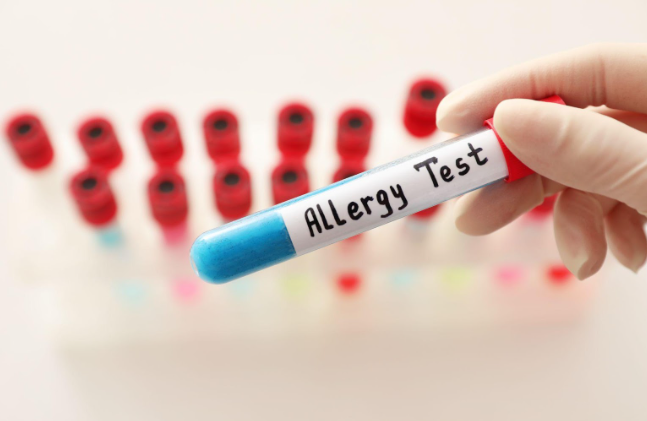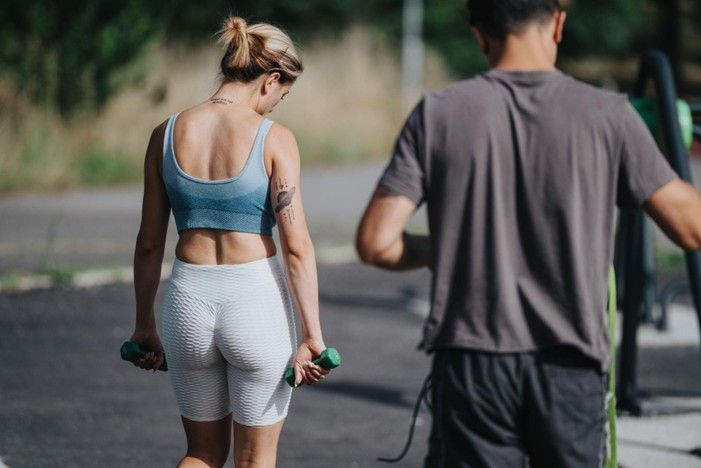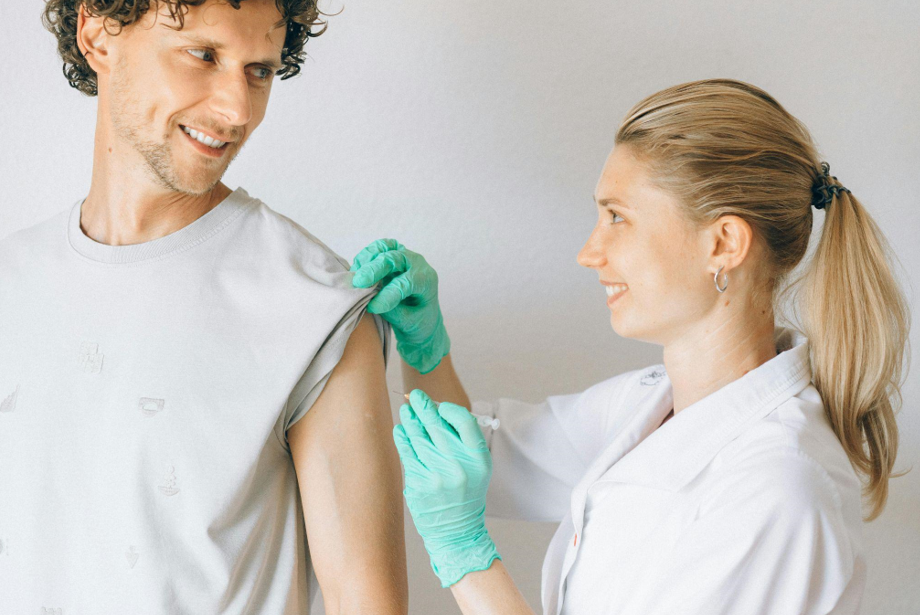Heat-Related Illnesses: How to Prevent Heat Stroke, Dehydration, and Sunburn
Heat-Related Illnesses: How to Prevent Heat Stroke, Dehydration, and Sunburn

When temperatures rise, it’s easy to get caught up in the excitement of summer activities like beach trips, outdoor workouts, or simply enjoying the sunshine. But while the warm weather brings fun and freedom, it also brings real health risks if you’re not careful. Heat-related illnesses like heat stroke, dehydration, and sunburn can sneak up quickly and lead to serious complications if ignored.
Fortunately, with a few smart habits and a little planning, you can stay safe and still soak up everything summer has to offer.
What Heat Stroke Is and Why It's So Dangerous
Heat stroke is one of the most serious heat-related conditions and happens when your body temperature climbs to dangerous levels, typically above 104°F. Unlike heat exhaustion, which often comes with heavy sweating and fatigue, heat stroke can set in without warning and stop your body from being able to cool itself. This is a medical emergency that can affect the brain, heart, kidneys, and muscles, and in extreme cases, it can be life-threatening.
It usually develops after prolonged exposure to high temperatures or intense physical activity in the heat, especially if you're not drinking enough fluids. What makes heat stroke especially dangerous is how fast it can progress and how subtle the warning signs can be. You may experience confusion, nausea, flushed skin, or even lose consciousness. If you or someone around you shows these symptoms, it’s critical to seek medical attention immediately.
Preventing Heat Stroke Before It Starts
When it comes to staying safe in the heat, it’s all about prevention. The best way to prevent heat stroke, for example, is to pace yourself when outdoors and avoid the hottest part of the day, which ranges from around 10 in the morning to 4 in the afternoon. If you need to be outside during these hours, take frequent breaks in the shade or in air-conditioned spaces. Wearing lightweight, loose-fitting clothing and a wide-brimmed hat can also help your body regulate its temperature.
Don’t wait until you're thirsty to drink water—make hydration a routine throughout your day. And remember, some medications and health conditions can affect how your body handles heat, so talk to your doctor if you’re unsure how heat may impact you personally.
The Real Risk of Dehydration in the Heat
Dehydration happens when your body loses more fluid than it takes in, and it's incredibly common during hot weather. When it's warm out, your body sweats more to try to cool itself, which means you're losing fluids and electrolytes faster than normal. If you're not actively replenishing them, you could start to feel tired, dizzy, or develop a headache. In more severe cases, dehydration can lead to confusion, rapid heart rate, and even fainting.
While many people think they’re drinking enough water, it’s easy to underestimate how much you actually need during high heat or when you're active. Coffee, soda, and alcohol can also work against you by dehydrating your system further. One of the easiest ways to gauge hydration is to pay attention to your urine—it should be light yellow. If it's dark or you're going long periods without needing to use the restroom, that's a sign you need more fluids.
How to Stay Hydrated All Day Long
Staying hydrated isn’t just about chugging a big glass of water after a workout. It’s about consistently drinking throughout the day and including fluids with your meals. Water is always the best choice, but if you're sweating heavily or working outside for extended periods, you may benefit from drinks with electrolytes to help replace what you're losing.
Adding water-rich foods like cucumbers, watermelon, oranges, and strawberries into your meals can also give your body an extra hydration boost. It's also smart to keep a refillable water bottle with you so that drinking becomes a habit and not just a reaction to feeling thirsty.
Don’t Underestimate the Power of the Sun: Sunburn Risks and Recovery
Sunburn might seem like a minor inconvenience compared to heat stroke or dehydration, but it’s still a heat-related illness that can cause real harm. Sunburn is essentially a radiation burn that damages your skin cells and blood vessels, and over time, repeated sunburns increase your risk of skin cancer. Even one bad burn can cause pain, swelling, blistering, and long-term skin damage.
The danger is that sunburn can occur even on cloudy days or when there’s a breeze, which tricks your skin into thinking it’s not at risk. And once you’re burned, there’s no quick fix—your body needs time to heal, and that healing process often includes discomfort, peeling, and increased sensitivity.
Smart Sun Protection Strategies That Actually Work
To avoid sunburn, wearing sunscreen should be as automatic as brushing your teeth. When picking a sunscreen, look for something that’s broad-spectrum with at least a 30 SPF, and apply it thickly to all exposed skin. Reapply every two hours, and more often if you're swimming or sweating. It’s easy to forget places like the ears, neck, and the tops of your feet, but those spots burn just as easily as your shoulders or nose.
Clothing also plays a part in sun protection. Look for clothes with built-in UV protection, or wear long sleeves and pants made from lightweight, breathable fabric when you’re outside for extended periods. Sunglasses and hats both protect your eyes and face while also helping you stay cooler.
At
Sisselman Medical Group, our team is here to support you and your family through every season. Whether you’re dealing with dehydration, heat exhaustion, or need guidance on staying safe in the sun, we’re just a phone call away. Take proactive steps to protect your health this summer by
contacting us today before the heat gets the best of you!











